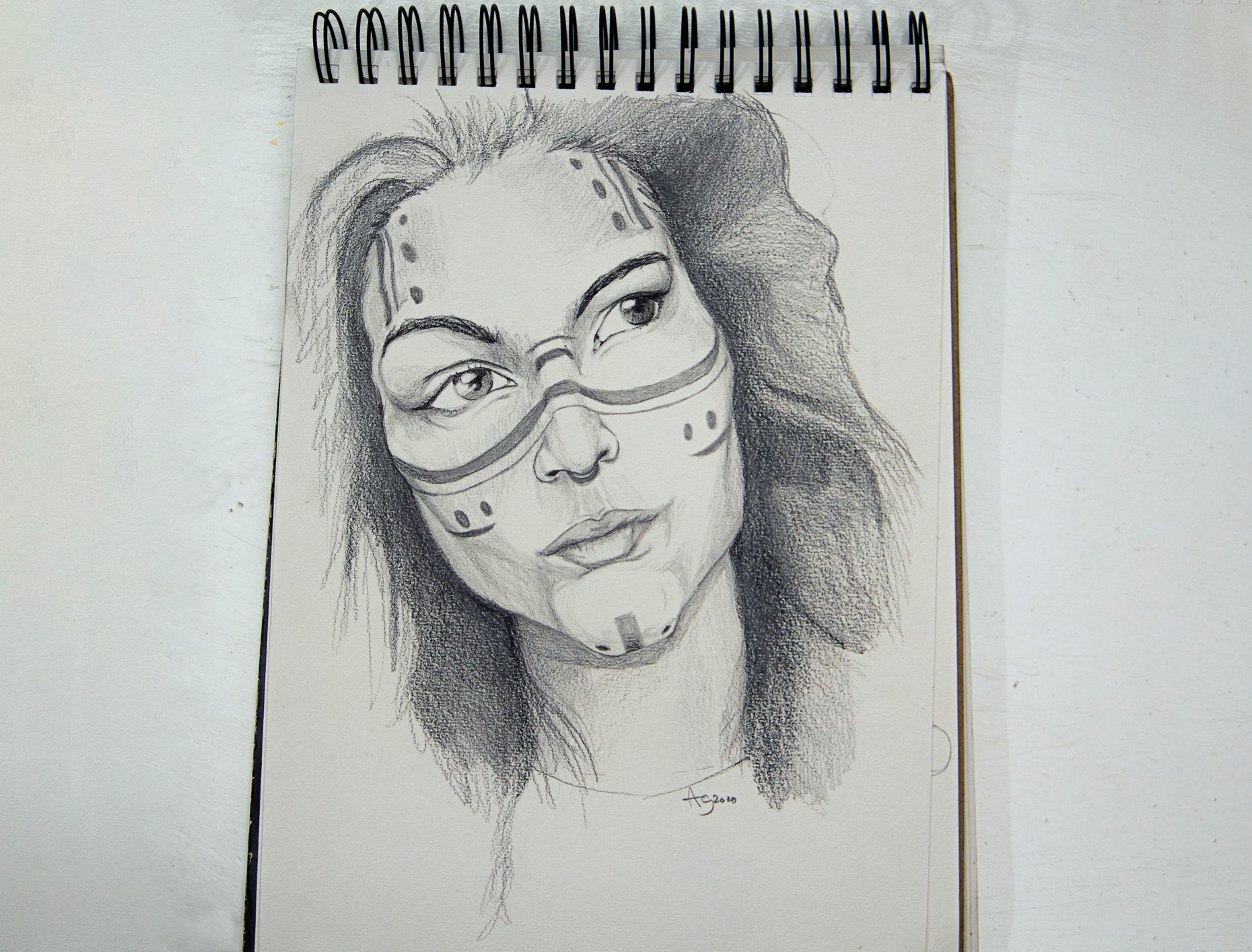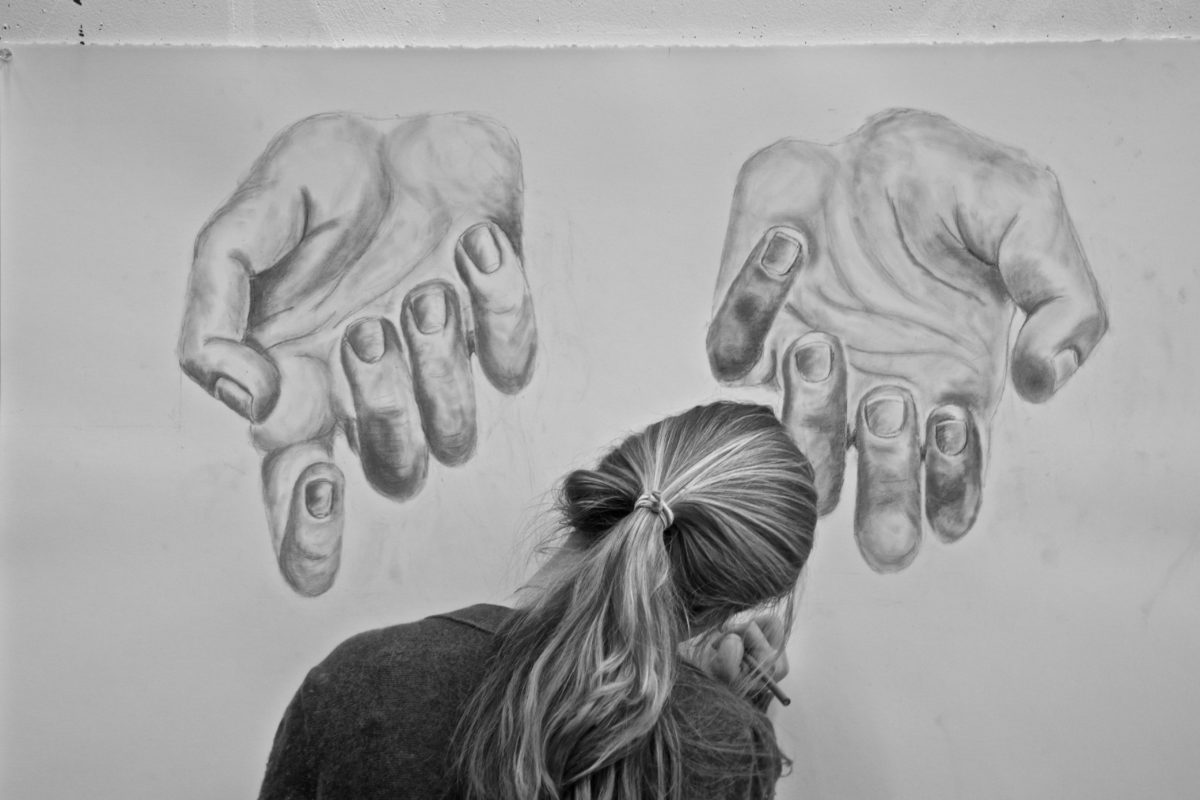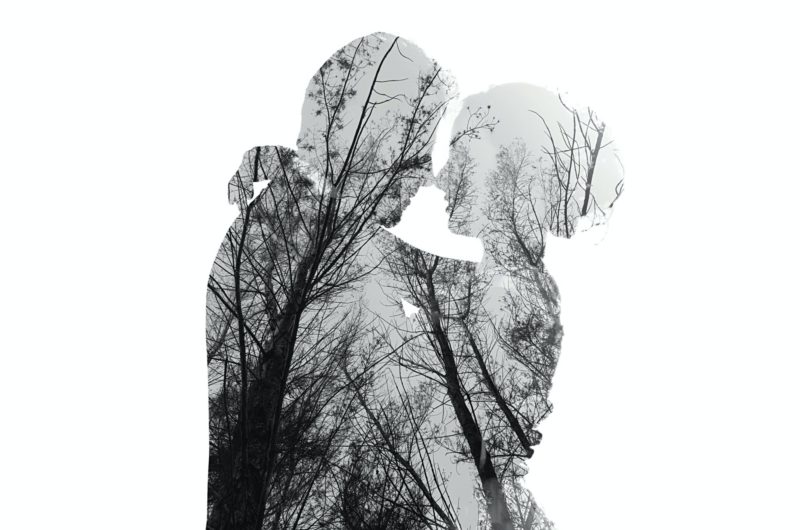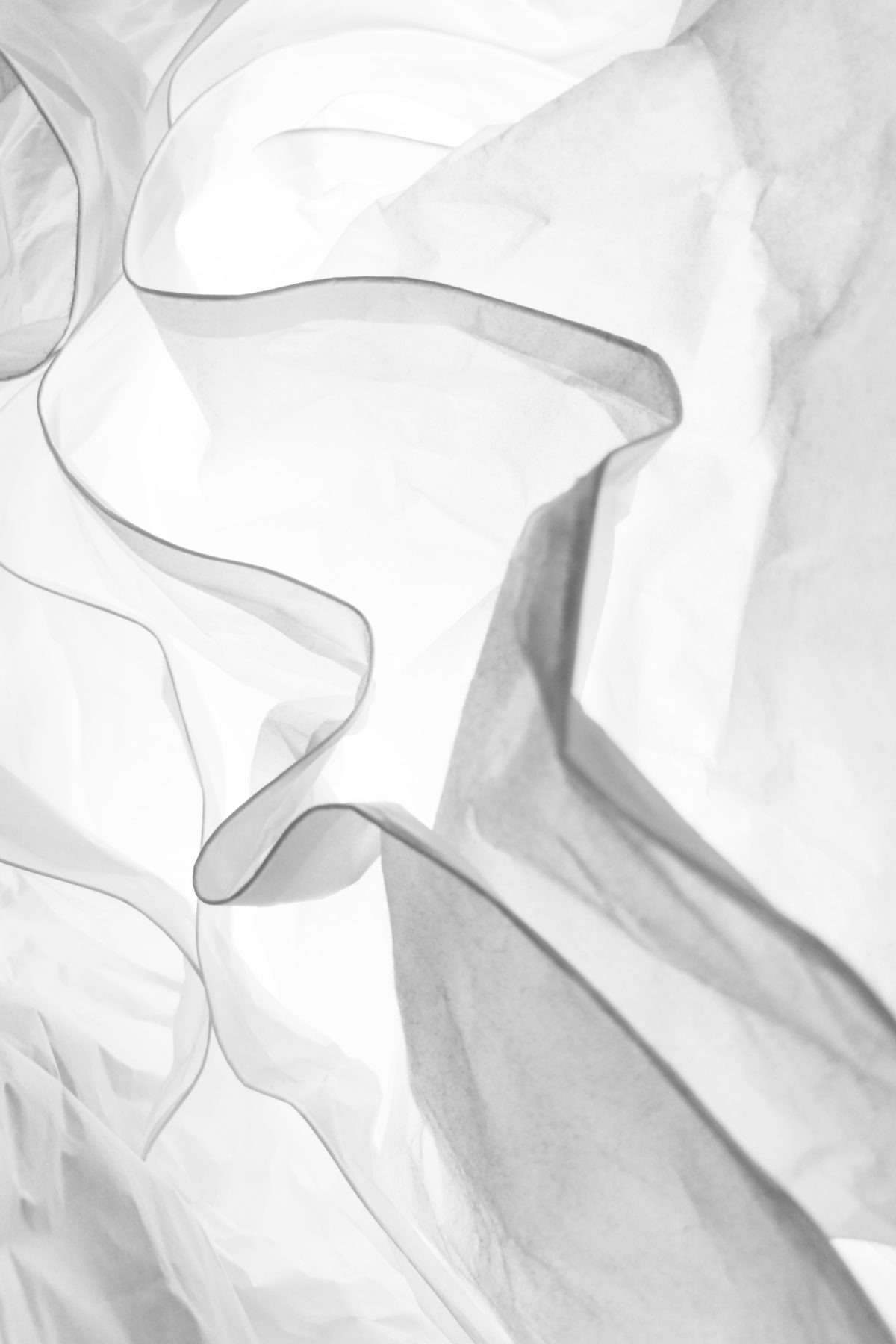Reflection
Reflection may seem intuitive; however, a deliberate thought process (Dye, 2011; Moon, 2004; Tracey & Hutchinson, 2018) greatly increases the insights found through reflection. Consider the pedestrian answer “fine” to the classic question “how was your day?” Reworking the question to “what was the best part of your day and why?” or “what would you do-over today and why?” elicits a much richer and informative response. The same is true for the reflective process.
There are many different ways to reflect because there are many different reasons why reflection is needed. For example, you may want to account for what you have learned (McAlpine & Weston, 2000), or you may want to explore and generate future action based on what you already know (Tracey & Hutchinson, 2018), or you may want to evaluate or analyze what you have learned (Syed et al., 2012). Take a look at the diagram below. Each circle represents one of the above reasons for reflection. Where the circles overlap, you will notice that the color gets darker. This is to represent how the customization of different reflective prompts can lead to deeper and more profuse responses (Kirkman & Brownhill, 2020). There is no one correct way to reflect (Boesch et al., 2015; Dye, 2011); however, the more you personalize your reflective process, the more value and meaning you will be able to distill into your ePortfolio.
Figure 1. Reasons for reflection
Where do I begin?
Start your reflection with a brief description of your artifact. In addition to explaining what it is, share the context of how or when this artifact was created so that your audience can understand what work was involved. Then consider which of the following reflection prompts below you would like to answer based on which are best suited to the purpose of your ePortfolio, your audience, and your artifact.
Reflection Prompts
Click on the reason to expand the section.
Help! How do I put all my reflective thoughts together?
Think about what flows best. Take a look below at the reflective structures Syed, Scoular, and Reaney (2012) have developed. They have done a great job of integrating all the reasons for reflecting into one progression.
The first one is more evaluative in nature, and second one is more explorative in nature.
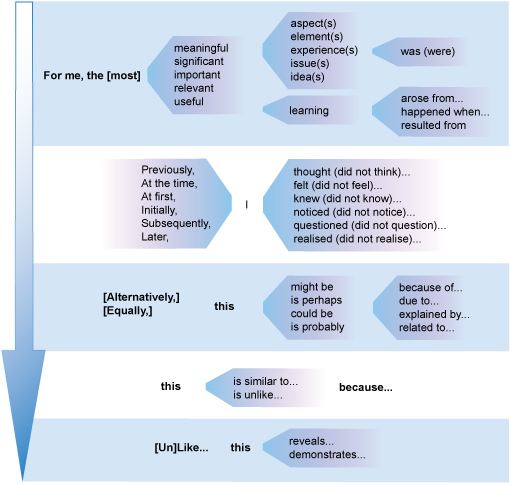
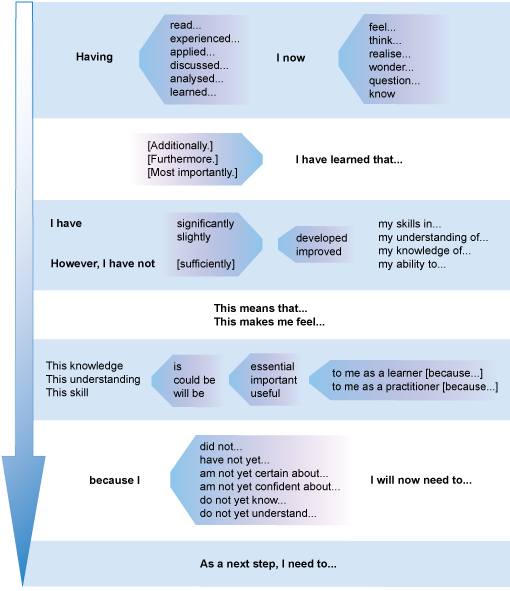
Images from Addae-Kyeremeh, E. & Rezaie, P. Succeeding in postgraduate study. (n.d.). OpenLearn. https://www.open.edu/openlearn/education-development/succeeding-postgraduate-study/content-section-overview [Original source: Syed, Scoular, & Reaney (2012) https://www.fph.org.uk/media/1283/fph-tips-on-writing-effective-reflective-notes.pdf]
We recommend you delete this text and add your own. If you want to keep a version of this, you can clone it and then save the duplicate as a draft.
Template by Jamie Drozda and Melanie Laurie #UBCMET
References
- Boesch, B., Reynolds, C., & Patton, J. (2015). ePortfolios as a Tool for Integrative Learning. In Handbook of Research on Applied Learning Theory and Design in Modern Education (pp. 439–464). IGI Global. http://dx.doi.org/10.4018/978-1-4666-9634-1.ch021
- Dye, V. (2011). Reflection, Reflection, Reflection: I’m thinking all the time, why do I need a theory or model of reflection? In D. McGregor & L. Cartwright (Eds.), Developing Reflective Practice: A Guide for Beginning Teachers (pp. 217–234). Open University Press.
- Kirkman, P., & Brownhill, S. (2020). Refining professional knowing as a creative practice: towards a framework for Self-Reflective Shapes and a novel approach to reflection. Reflective Practice, 21(1), 94–109. https://doi.org/10.1080/14623943.2020.1712195
- McAlpine, L., & Weston, C. (2000). Reflection: Issues Related to Improving Professors’ Teaching and Students’ Learning. Instructional Science, 28(5), 363–385.
- Moon, J. A. (2004). A Handbook of Reflective and Experiential Learning. Routledge-Falmer. https://doi.org/10.4324/9780203416150
- Syed, N., Scoular, A., & Reaney, L. (2012). Faculty of public health tips on writing effective reflective notes. Faculty of Public Health of the Royal Colleges of Physicians of the United Kingdom.
- Tracey, M. W., & Hutchinson, A. (2018). Reflection and professional identity development in design education. International Journal of Technology and Design Education, 28(1), 263–285. https://doi.org/10.1007/s10798-016-9380-1
Photo by Andrés Gómez on Unsplash
